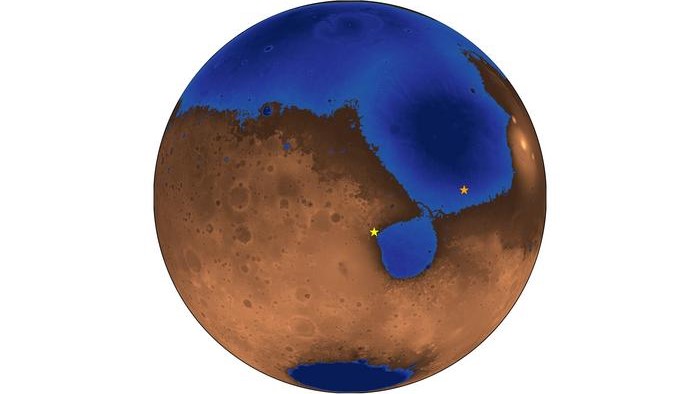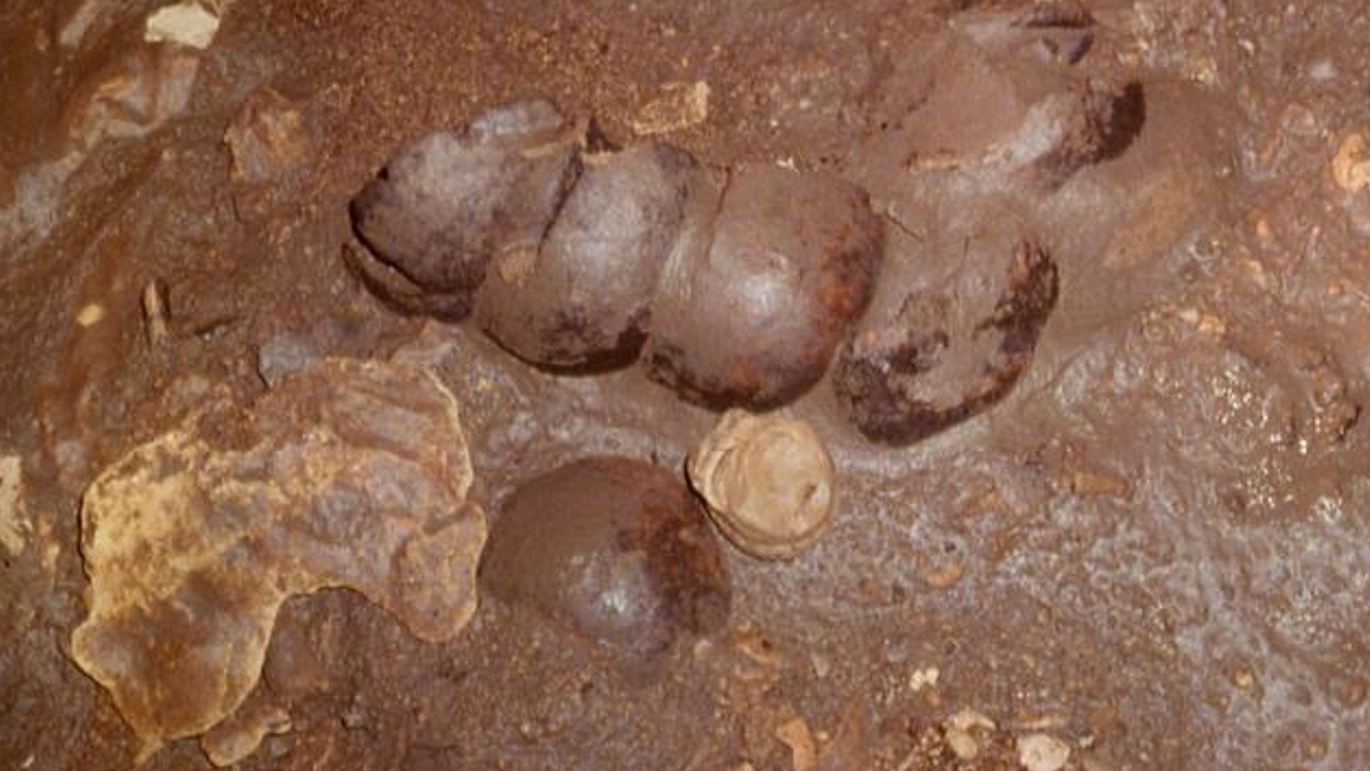Planet news, features and articles
Latest about Planets
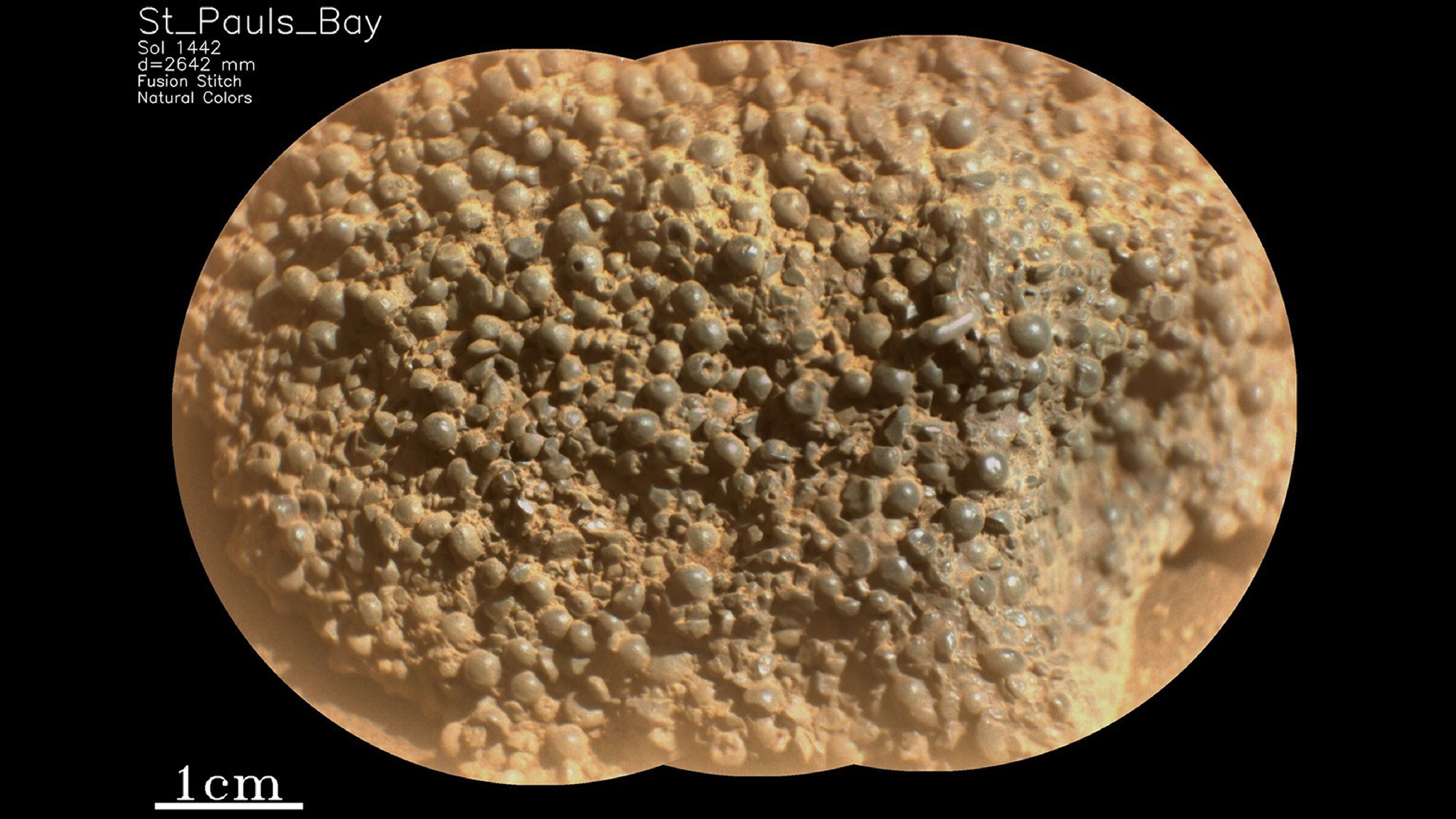
Perseverance rover spots peculiar 'spider egg' rock on Mars — and scientists have no idea how it got there
By Damien Pine published
On March 11, NASA's Perseverance Mars rover spotted a mysterious rock made of hundreds of tiny spheres that resemble spider eggs. Studying its formation could help us look for fossilized remains of microbial life on Mars.
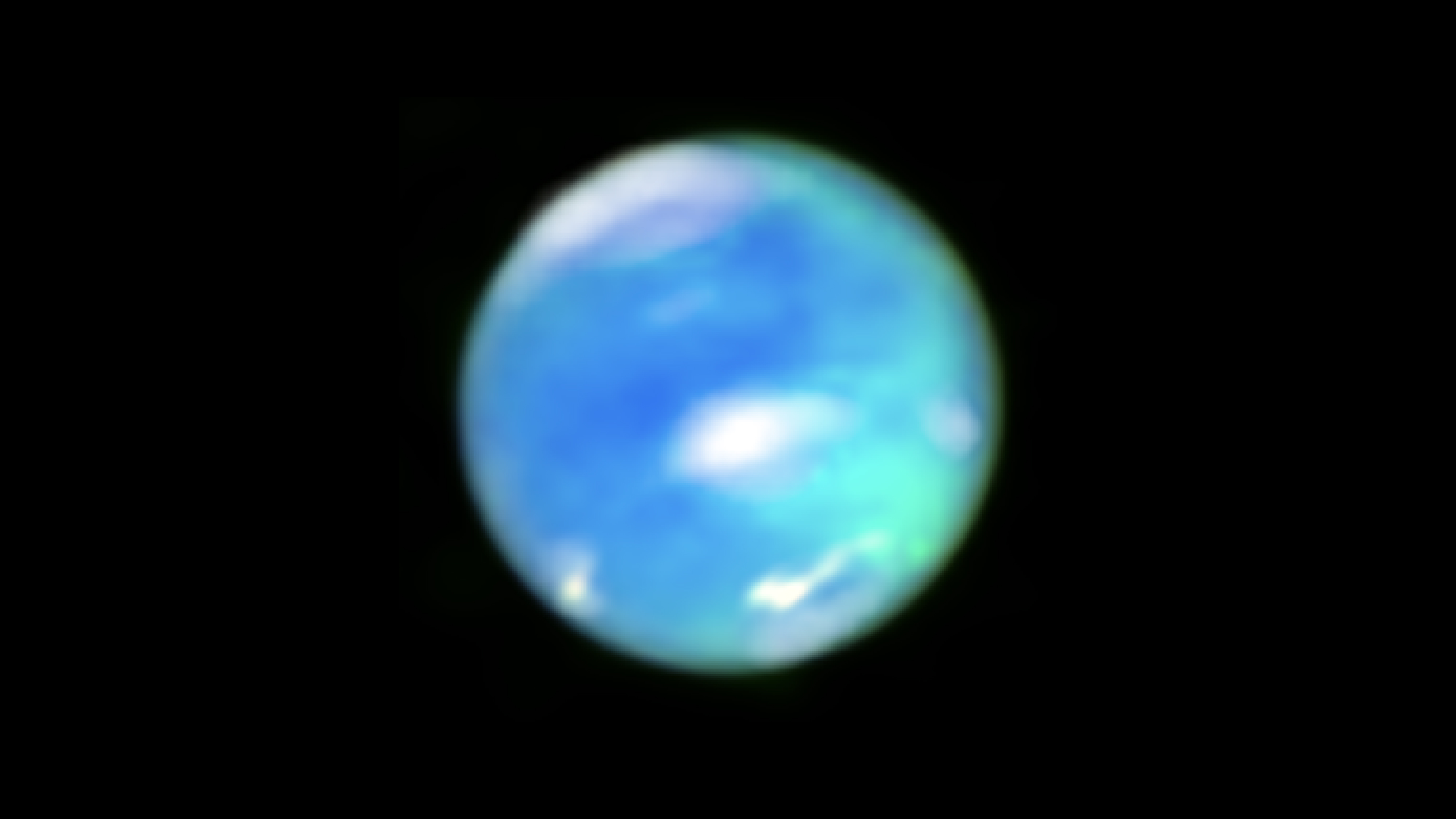
James Webb telescope captures auroras on Neptune for first time ever
By Skyler Ware published
The James Webb Space Telescope has successfully detected auroras on Neptune for the first time ever, finishing a job that NASA's Voyager 2 probe began decades ago.

'Extremely Large Telescope' being built in Chile could detect signs of alien life in a single night
By Brian Koberlein published
The Extremely Large Telescope will revolutionize our view of the cosmos when it sees first light in Chile in 2028. In fact, it could detect hints of alien life around our closest neighboring star system in its first night of operations, new simulations suggest.
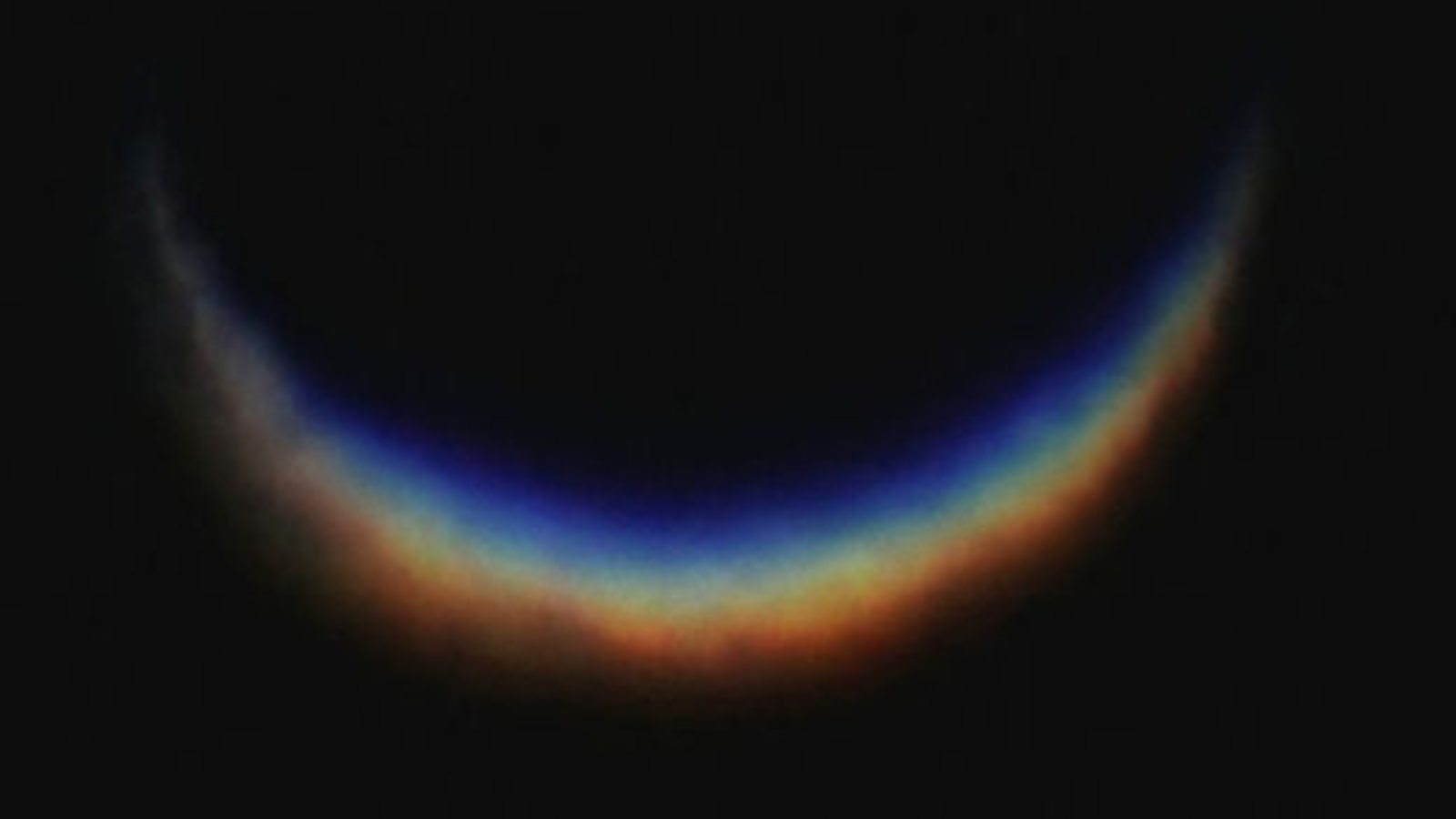
Venus goes 'new moon' as it passes between Earth and the sun this weekend
By Harry Baker published
As Venus approaches its inferior conjunction, astrophotographers have snapped some striking shots of the crescent planet looking like a giant rainbow in space.
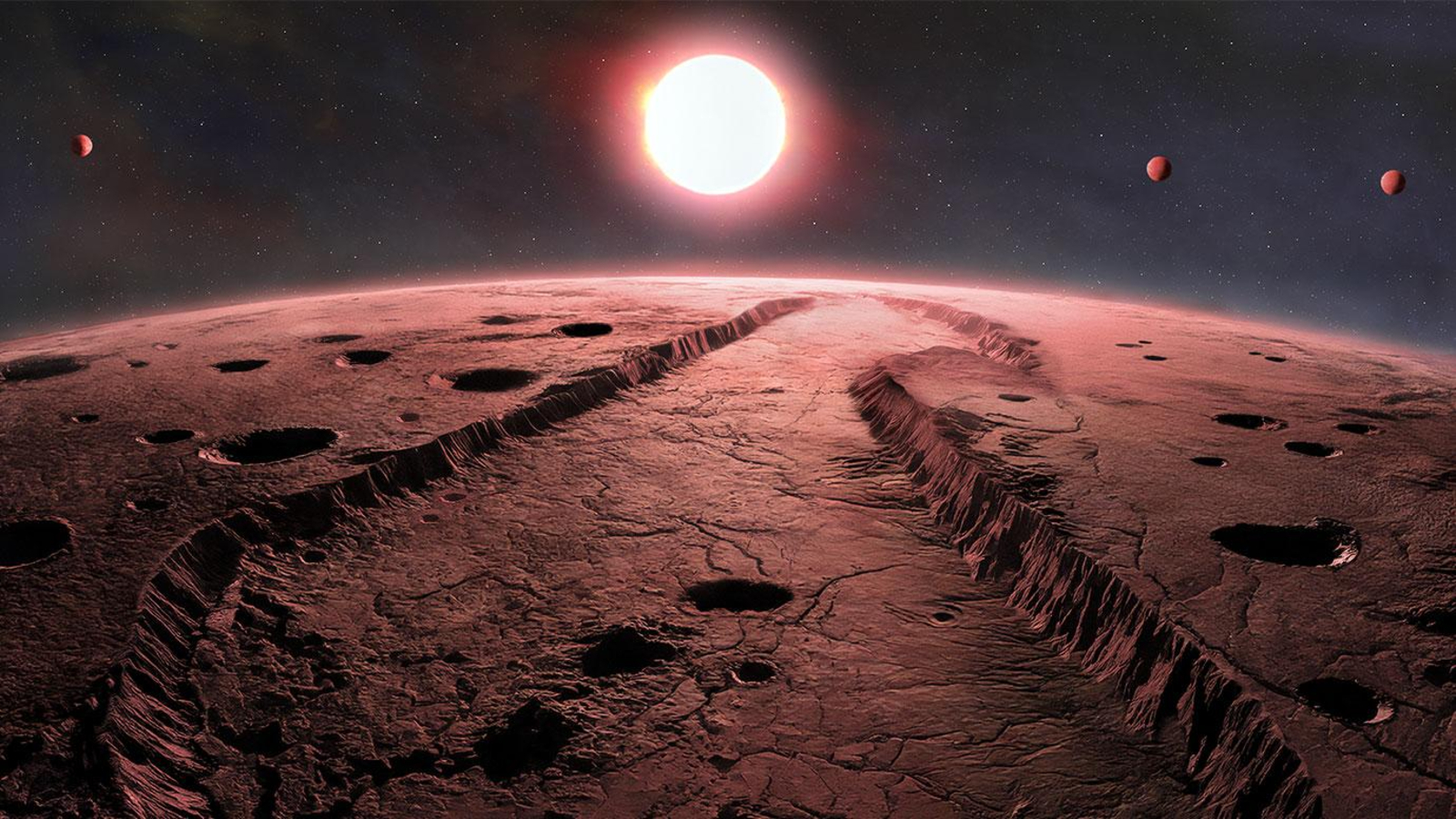
4 tiny, Earth-like planets found circling 2nd-closest star system to us — and could be visited by future human generations
By Harry Baker published
A quartet of small, rocky exoplanets likely circle Barnard's Star, around 6 light-years from Earth, putting them in contention as targets of missions for future human generations.
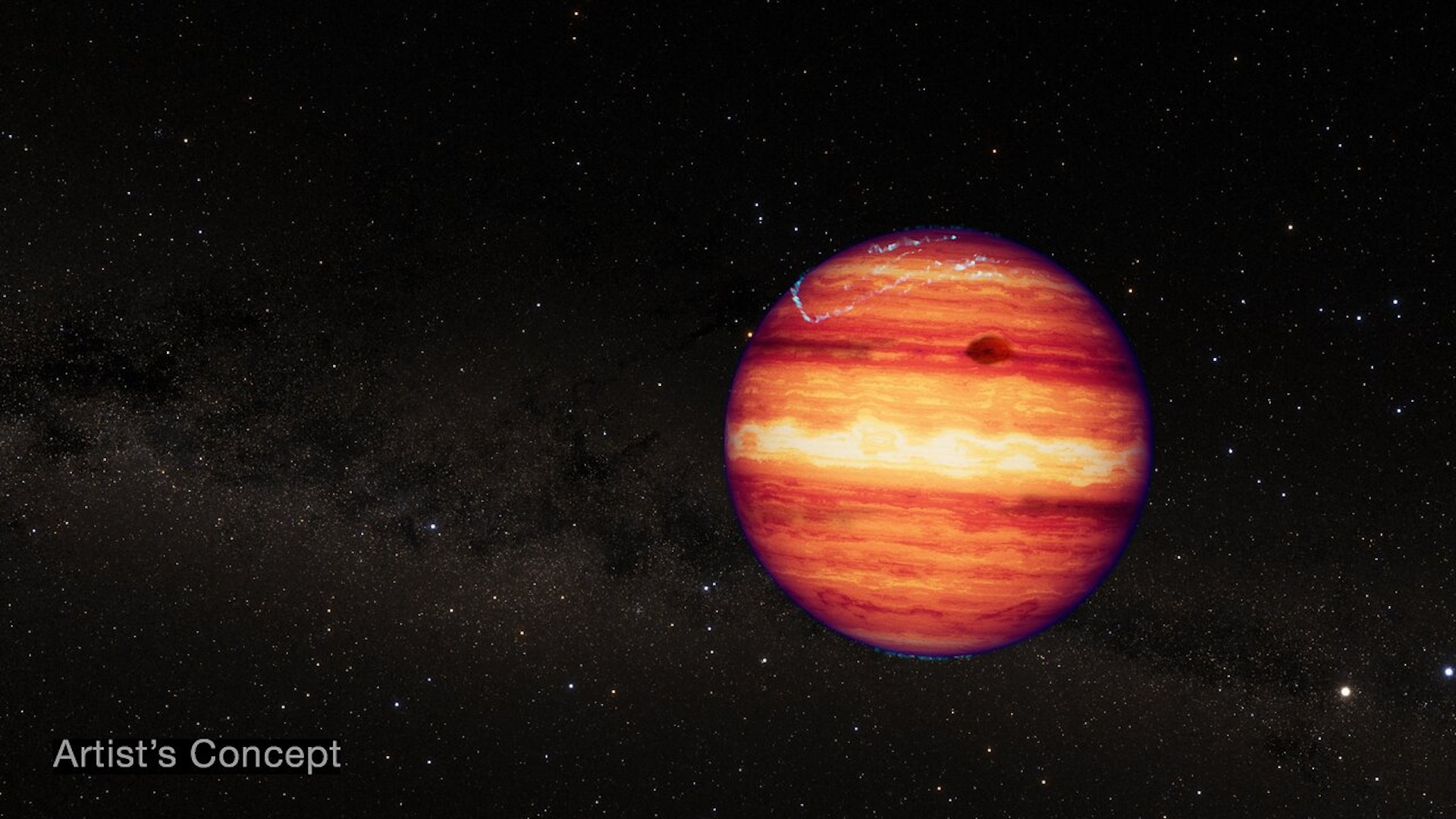
James Webb telescope spots 'rogue' planet with a cake-like atmosphere barrelling through space without a star
By Abha Jain published
The James Webb Space Telescope has spotted a 'rogue' cosmic object barrelling through our galaxy without a star, and covered in clouds of iron and magnesium minerals.
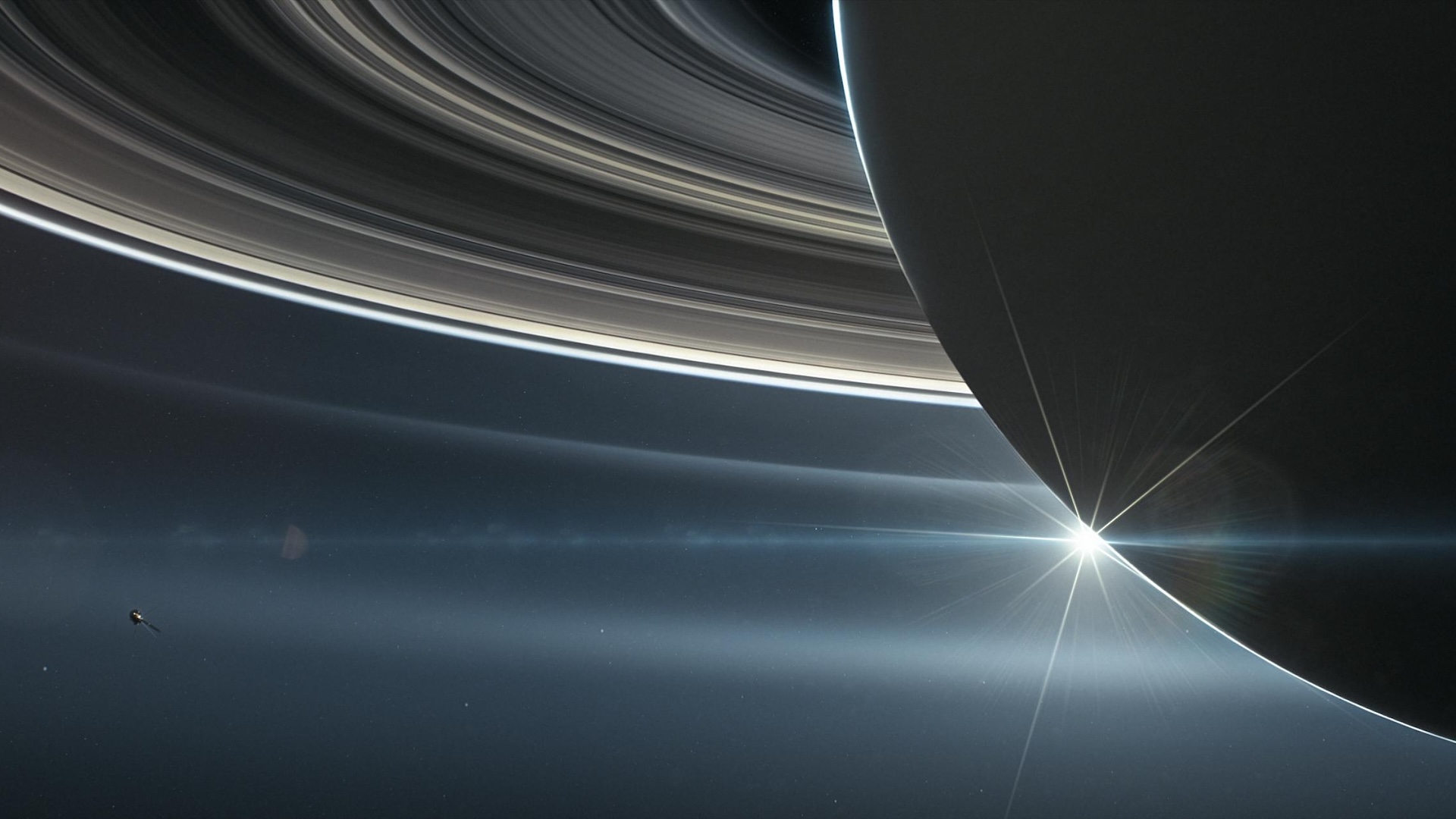
Saturn gains 128 new moons, giving it more than the rest of the solar system combined
By Ben Turner published
Faint signatures detected by the Canada France Hawaii Telescope have revealed 128 new moons around Saturn, making it the indisputable frontrunner for having the most moons in our solar system.
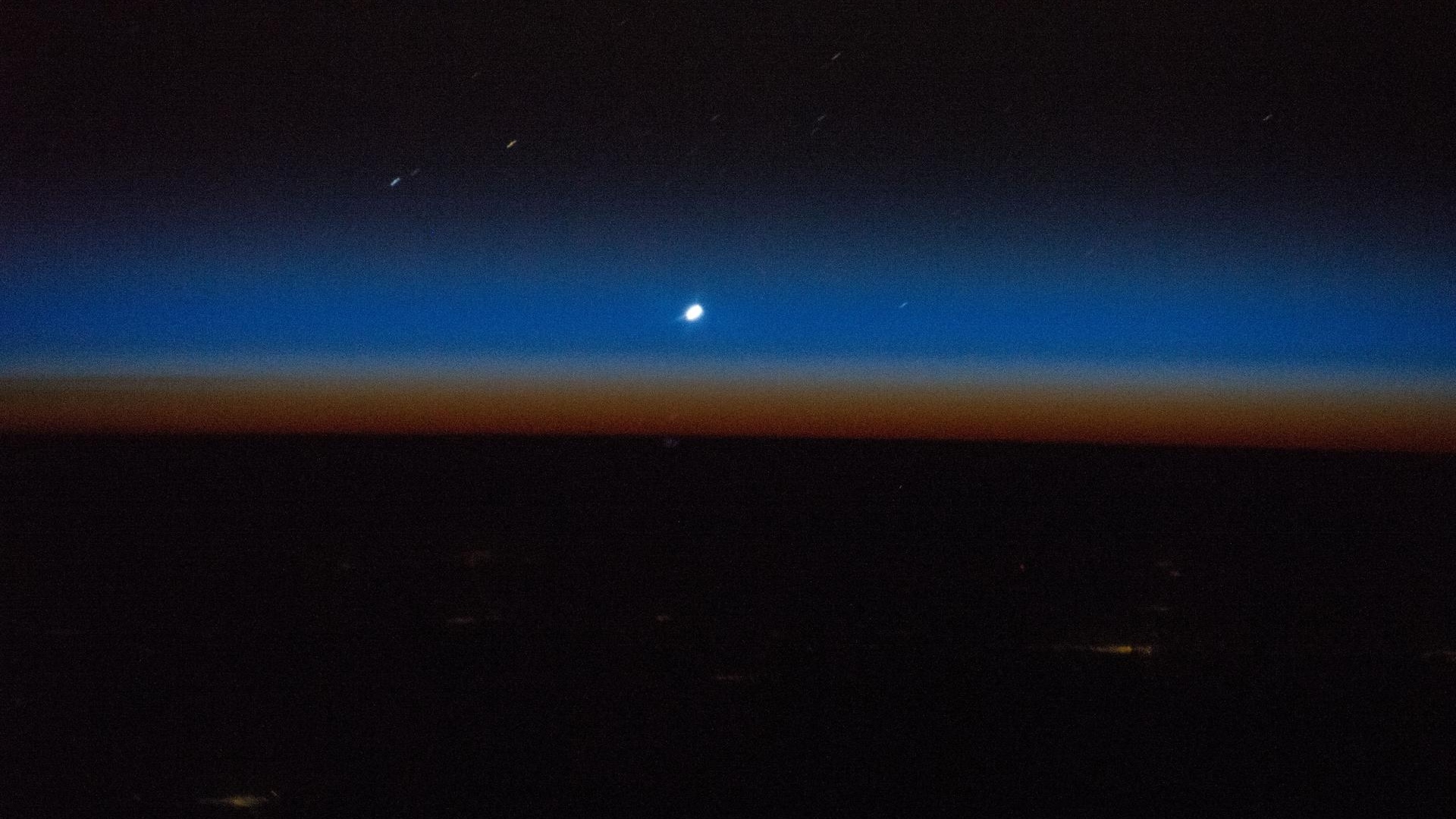
'Planet parade' ends with a rare conjunction of Venus and Mercury at sunset. Here's how to watch.
By Jamie Carter published
The two innermost planets, Venus and Mercury, will shine together low in the western sky at sunset on March 10. Here's how to get the best view before they disappear.
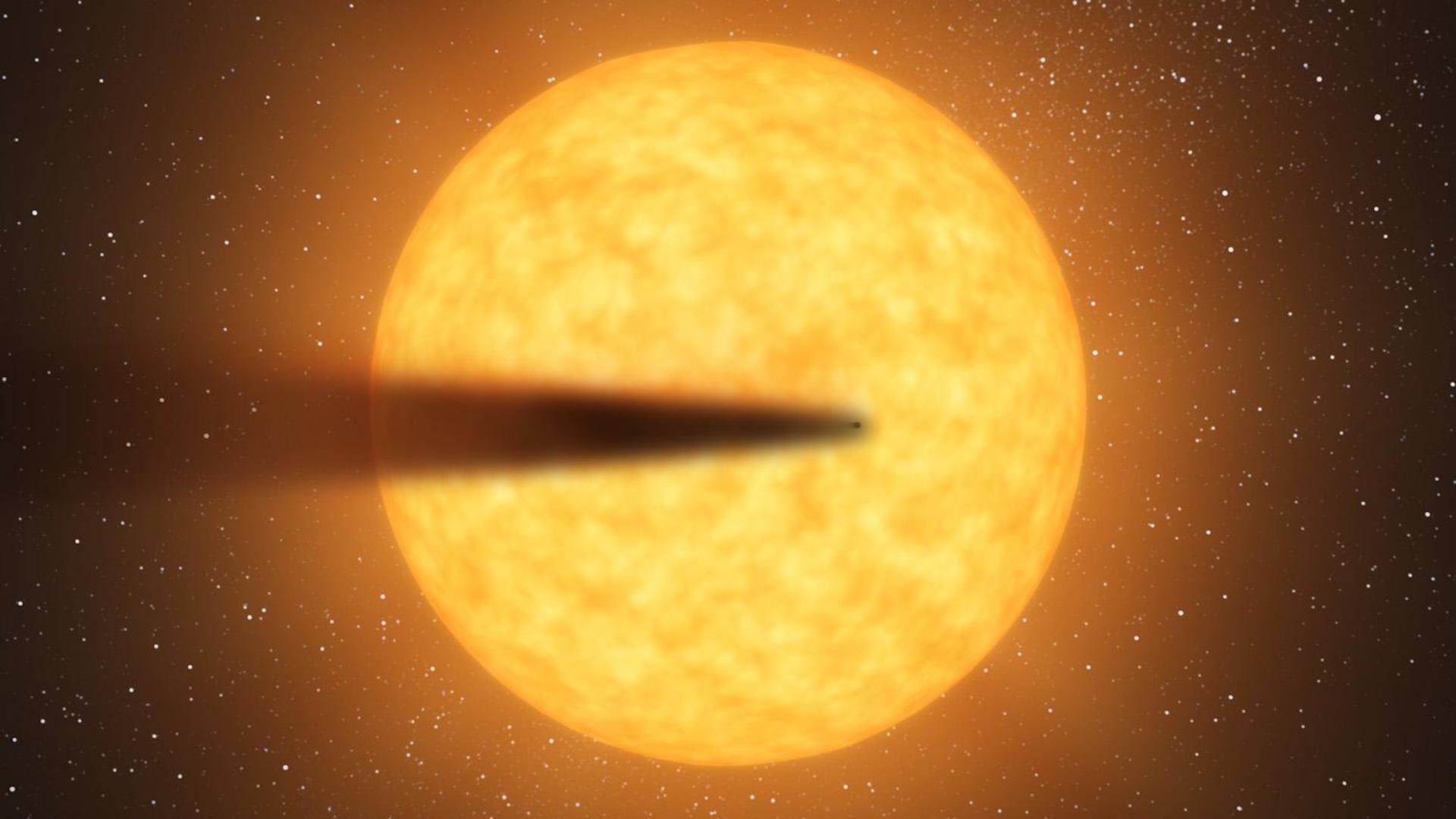
'Utterly cataclysmic': James Webb telescope spots 2 alien planets disintegrating before our eyes
By Sharmila Kuthunur published
In world-first observations, the James Webb Space Telescope is watching two distant alien planets "spilling their guts into space" as they rapidly disintegrate — and scientists are elated at what they've found.
Sign up for the Live Science daily newsletter now
Get the world’s most fascinating discoveries delivered straight to your inbox.
